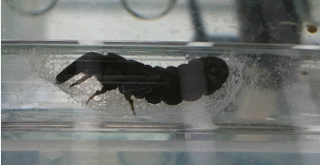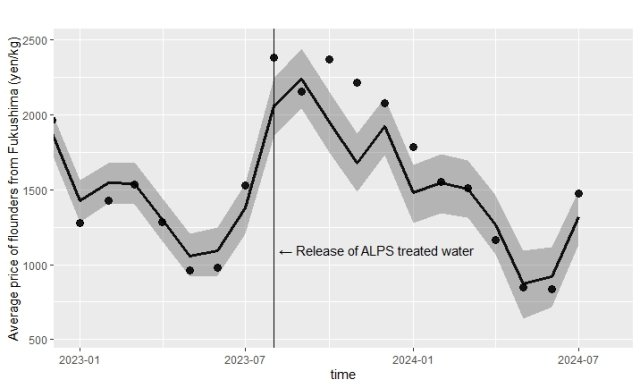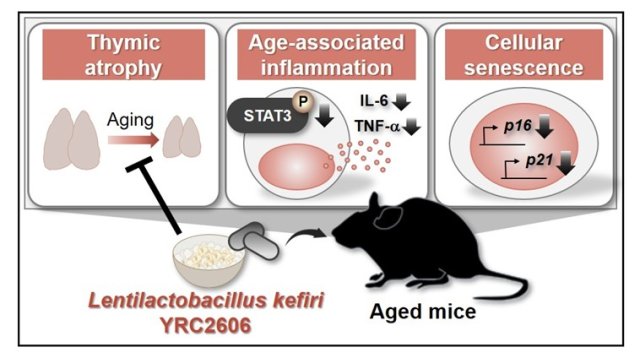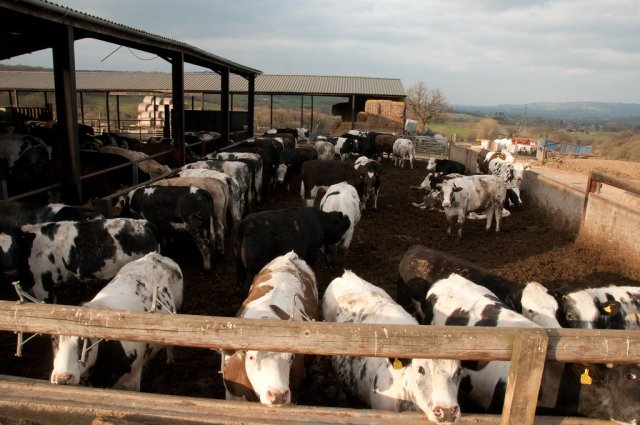Regenerative Medicine: Water Insect Spins Promising Silk
- Share
- Tweet
- Send to email
The larvae of a water insect, Zazamushi, weaves adhesive silk for their nests and nets for capturing food. Researchers at Shinshu University found that the silk of the Zazamushi (Stenopsyche marmorata indigenous to Japan), shows promise as material for regenerative medicine. The tobikera silk exhibit excellent properties as a scaffold for cultured cells.
Although Silkworm silk has been extensively studied for use in a variety of fields, the silk of the aquatic insect shows 20 to 30 % better performance than Silkworm silk because its adhesiveness is made for a wet environment. Tobikera silk is made to stick to slippery materials like pebbles in rivers and lakes. Associate Professor Takaomi Nomura tested the tobikera silk by seeding mouse osteoblast-like cell line MC3T3-E1 in the protein film extracted from the tobikera silk. Due to its adhesive quality in wet environments, the silk shows promise as a material suitable for adhesion to a variety of cells including iPS cells.





